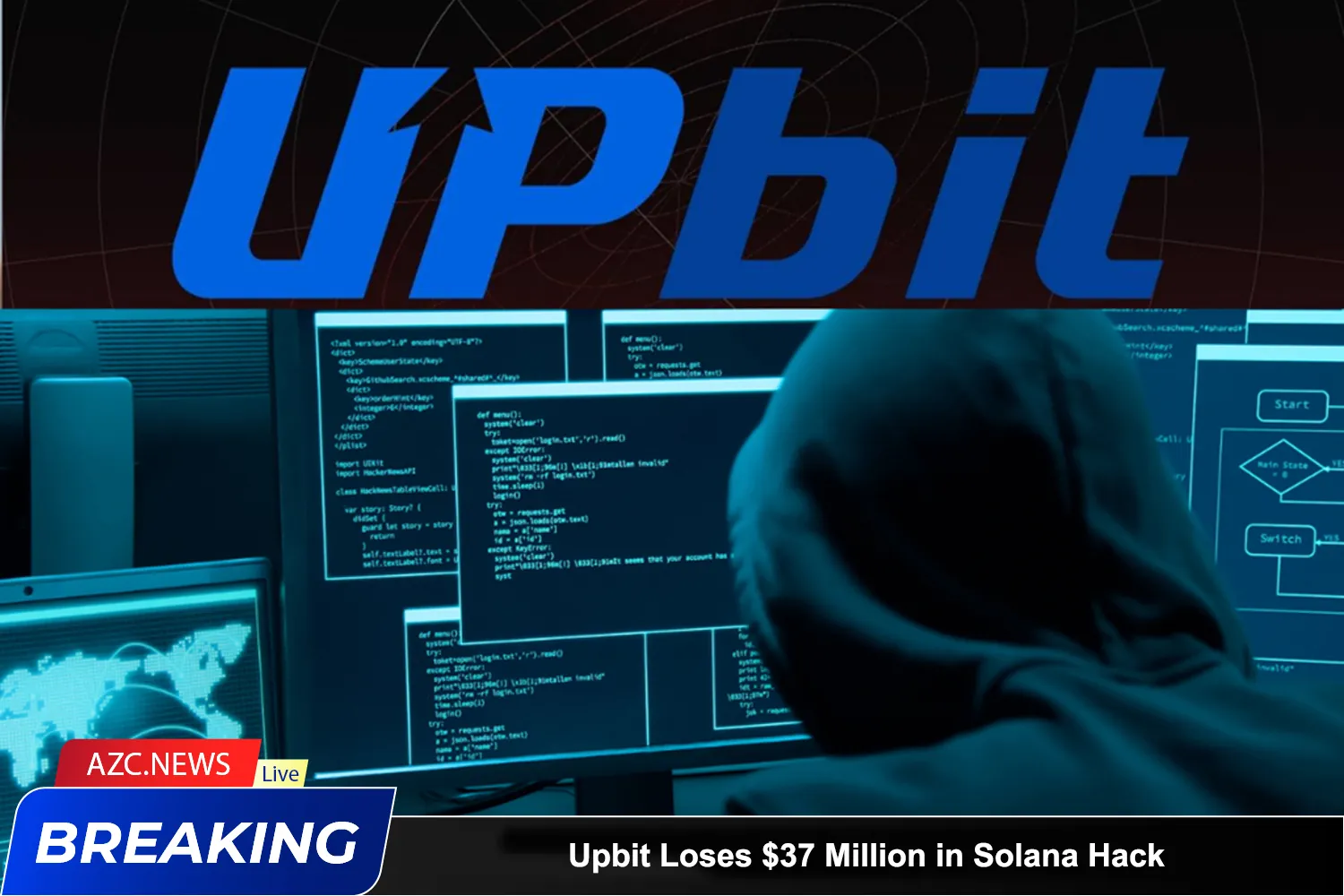According to a filing with the Securities and Exchange Commission (SEC) on September 30, Dell sold 10 million shares but still held more than 16.91 million shares, worth more than $2 billion at the time of publication.
This is the second time in a month that Dell has sold a large amount of stock. He previously disclosed on September 23 that he sold 10 million shares of his company, worth about $1.17 billion, in seven transactions between September 19 and 23.
Dell Technologies shares have risen 58.5% this year, according to Google Finance. Thanks to this momentum, the company rejoined the S&P 500 on September 24 — an index that tracks the 500 largest companies in the United States.

Dell Technologies is benefiting from increased interest in artificial intelligence (AI) companies, amid surging demand for servers capable of handling AI applications.
It’s unclear why Michael Dell sold a large amount of the company’s shares, but the market hasn’t reacted strongly to the news. DELL’s stock price was down just 0.33% in after-hours trading on September 30 and is up 0.74% over the past five trading days.
In June, Michael Dell drew attention on social media with a series of ambiguous posts, fueling speculation that he might be interested in Bitcoin — either personally or for his company. “Scarcity creates value,” Dell posted, a phrase often used by Bitcoin enthusiasts to refer to the cryptocurrency’s fixed supply of 21 million coins. The post also caught the attention of fellow Bitcoin advocate and founder of a peer tech company, Michael Saylor.

Dell later retweeted Saylor’s response, in which Saylor asserted: “Bitcoin is digital scarcity.” Shortly after, Dell posted an AI-generated image of Sesame Street character Cookie Monster eating Bitcoin-themed cookies.
Despite Dell’s crypto posts, however, Dell Technologies did not include Bitcoin on its balance sheet in the second quarter of this year. Its August earnings report showed a 9% year-over-year increase in revenue, along with record growth in its server and networking business — up 80% year-over-year.






